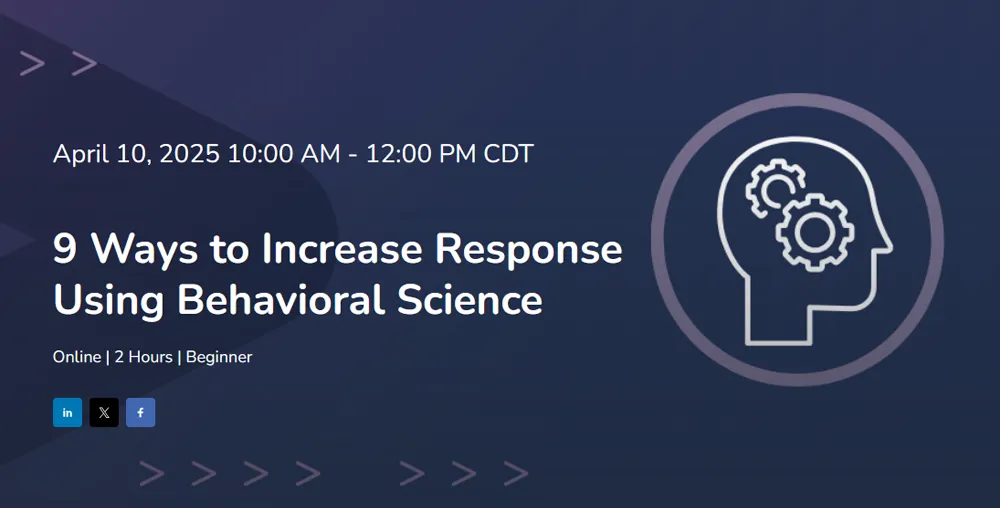At the beginning of the pandemic, it seemed every major brand wanted to show they understood what “we” were going through. But most ads failed miserably, stuffed with stock footage and clichés that rang false on the authenticity meter. So much so that a parody reel was created that would make even the virus cringe. So why are brands so often tone-deaf on empathy, and what can they do to get it right?
For starters, let’s go over what empathy means. At a basic level, it is the ability to understand and feel what someone else is going through—putting yourself in their shoes. As humans we are wired to do this, but scaling this up to a faceless brand is more complicated: building a model for it, incorporating it into brand values, demonstrating it to customers, and measuring the results. That’s a heavy lift.
But it matters—a lot. Consumers strongly desire “empathic brands,” but they’re not getting them as much as businesses think. A survey found that 75% of companies believed they were consumer-centric, but only 30% of their consumers agreed.
The new hybrid consumer
Of course B2C buyers want their brands to lean into their concerns, but B2B consumers want more from businesses as well. Long gone are the days that product specs are enough to convert to a sale. The B2B stereotype of the “rational” brain for business and “emotional” for B2C consumers is simply not true, as April Henderson, Forrester Research’s consulting vice president of market impact, explains. B2B consumers have become less loyal to brands and need as much validation, attention, personalization—and ultimately empathy—as B2C brands. B2B buyers crave content that is useful before they make a purchase, and they don’t want to be part of a generic customer journey or persona type.
How empathy benefits marketers
Not only is there an intrinsic value for adopting consumer empathy, but a more empathic approach is also good for business:
- Trust increases when customers are perceived as people rather than as a demographic or marketing target. (Eight in 10 U.S. consumers will continue to buy from a brand they trust, even if another brand suddenly becomes buzzworthy.)
- Marketers can identify and better understand which consumers will be receptive to their content and timing.
- Better alignment is created between marketing and sales with a mutual understanding of customers’ wants and needs. Even better, both organizations can unify their approaches.
How to make empathy a differentiator
Becoming more empathic and responsive to customers requires evolving marketing strategies, programs, and tactics. To reframe a cliché, it’s not thinking out of the box, it’s about getting in your customers’ heads.
Use three-dimensional data
Bar none, data fuels the engine for many brands to make decisions big and small: clicks, responses, email shares, and other “hard” data. While this makes total logical sense in the marketer’s world, it doesn’t tell the entire story. For instance, the path a prospect follows from A to B in their buyer’s journey might not be mapped according to plan. Same goes for abandoned shopping carts. Finding patterns in data is undoubtedly valuable, but overreliance can result in both blind spots and tunnel vision. Using both big data and thick data can uncover richer observations to understand customers at a deeper level. Big data delivers the quantitative information about large groups of prospects to help you make decisions, but thick data provides the elusive qualitative data, stories about consumers’ daily emotional lives, and feelings that often get overlooked.
Develop an empathy map
Another pathway to gain insight for empathic behaviors is an empathy map, which can also paint a more holistic view of consumers. With roots in UX and CX design, empathy mapping can prove extremely useful for brands.
The four quadrants are:
- Say – What do customers say out loud?
- Think – What are the thoughts? What is important to them?
- Feel – What worries them or brings them joy?
- Do – What actions are they taking?
An empathy map can be conducted through interviews, focus groups, surveys, and other methods. The idea is that the content is generated from consumers, not the company projecting what they want to hear. Once enough data is gathered, the patterns that emerge can be used to make informed decisions and take actionable steps.
Active listening matters
There are also plenty of ways to get anecdotal data that construct a more meaningful picture of customer needs. One of the lowest-hanging fruits is engaging with employees that interact with buyers every day. Customer service has an inside track to the problems customers are having and the roadblocks hindering their satisfaction, which can lead to critical insights. Additionally, marketers can have discussion with peers, management, and others in the organization about their observations that can also glean consumer understanding. Of course, nothing takes the place of talking directly to customers. The key is to ask them about their experiences with your product or service, not ask for solutions. Hearing stories from real people can help put together pieces of the puzzle that are missing and provide a three-dimensional perspective.
Taking action with empathy
For many companies, the elephant in the room is: Once we have all of our data, how do we embrace empathy in our branding and measure effectiveness? This is a big chunk of the work, of course. You certainly can’t “test” empathy programs at every touchpoint; it’s best to start with small, digestible programs to seed new approaches, course-correct current campaigns, and model projected outcomes based on the information you have. While results will come over time through a series of interactions, from emails to blogs, social campaigns and ads; it is the totality of these experiences that matter (including humor) that changes the perception.

Get on the path to empathy
These are some ways to start thinking about being a more empathic brand. And it’s not a one and done. It’s a journey that you will need to continue to iterate, test, and measure. As Lija Hogan, Customer Experience Consultant at UserTesting, describes it, ultimately, empathy means anticipating customer needs, challenging your own perceptions, and using that intelligence to inform products, policies, and practices. Those insights can be used to create better connection and communication, and shape the perception of your brand that says to consumers, “You get me.”









Comments are closed.